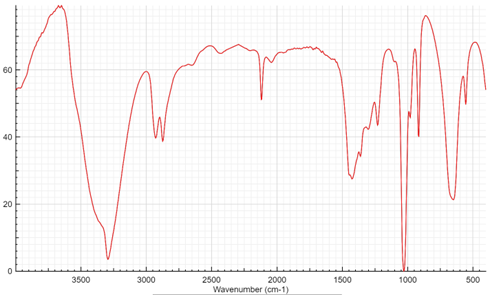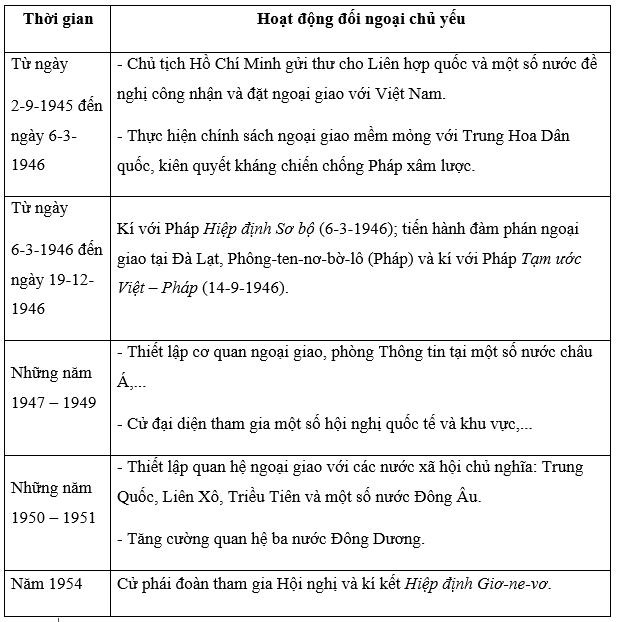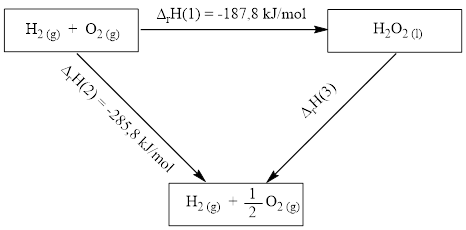Read the following passage and mark the letter A, B, C, or D on your answer sheet to indicate the best answer to each of the following questions from 31 to 40.
Biting into a ripe, juicy fruit brings a smile to many people’s faces. But eating that same fruit a week before it is ripe probably wouldn’t be as enjoyable! Unripe fruits are often hard and bitter, but that serves a purpose. The hard exterior of an unripe fruit protects the developing seed inside. After a seed fully develops inside the fruit, the fruit changes color, softens, and gets sweeter to become more attractive to animals and humans. These organisms eat the fruit and spread its seeds, ensuring the plant’s survival and regrowth.
But how does a fruit ripen? The ripening process involves many complex chemical reactions. When a fruit ripens, it goes through a chemical change. A chemical change happens when bonds within molecules break, and the atoms that once formed them regroup into new molecules. Chemical changes are irreversible. Once a fruit ripens, it cannot become unripe again.
One molecule responsible for this chemical change is ethylene. Ethylene (C2H4) is a colorless gas made up of carbon and hydrogen atoms. (I). It is a naturally occurring molecule in the atmosphere. (II). It is also an important plant hormone. (III). Plants release ethylene through the growing tips of roots, flowers, and ripening fruit. (IV). Although ethylene serves other purposes in plants, one of its main purposes is to trigger the chemical reactions that cause fruits to ripen. As the fruit matures, oxygen in the air helps stimulate the production of ethylene. This ethylene production is a signal that begins fruit ripening. For that reason, unripe fruits have low levels of ethylene, while ripe fruits have higher levels of ethylene. Most fruits produce ethylene and respond to ethylene in the atmosphere.
Although fruits require ethylene to ripen, different types of fruits respond to this molecule in two distinct ways: non-climacteric fruits and climacteric fruits. Non-climacteric fruits do not ripen after harvesting. They produce very little ethylene of their own. Climacteric fruits, on the other hand, continue to ripen after they are picked. These fruits produce a large amount of ethylene. Climacteric fruits can also speed up the ripening process of other fruits nearby since they release high levels of ethylene into the air.
Which of the following best summarizes the main point of the passage?
Read the following passage and mark the letter A, B, C, or D on your answer sheet to indicate the best answer to each of the following questions from 31 to 40.
Biting into a ripe, juicy fruit brings a smile to many people’s faces. But eating that same fruit a week before it is ripe probably wouldn’t be as enjoyable! Unripe fruits are often hard and bitter, but that serves a purpose. The hard exterior of an unripe fruit protects the developing seed inside. After a seed fully develops inside the fruit, the fruit changes color, softens, and gets sweeter to become more attractive to animals and humans. These organisms eat the fruit and spread its seeds, ensuring the plant’s survival and regrowth.
But how does a fruit ripen? The ripening process involves many complex chemical reactions. When a fruit ripens, it goes through a chemical change. A chemical change happens when bonds within molecules break, and the atoms that once formed them regroup into new molecules. Chemical changes are irreversible. Once a fruit ripens, it cannot become unripe again.
One molecule responsible for this chemical change is ethylene. Ethylene (C2H4) is a colorless gas made up of carbon and hydrogen atoms. (I). It is a naturally occurring molecule in the atmosphere. (II). It is also an important plant hormone. (III). Plants release ethylene through the growing tips of roots, flowers, and ripening fruit. (IV). Although ethylene serves other purposes in plants, one of its main purposes is to trigger the chemical reactions that cause fruits to ripen. As the fruit matures, oxygen in the air helps stimulate the production of ethylene. This ethylene production is a signal that begins fruit ripening. For that reason, unripe fruits have low levels of ethylene, while ripe fruits have higher levels of ethylene. Most fruits produce ethylene and respond to ethylene in the atmosphere.
Although fruits require ethylene to ripen, different types of fruits respond to this molecule in two distinct ways: non-climacteric fruits and climacteric fruits. Non-climacteric fruits do not ripen after harvesting. They produce very little ethylene of their own. Climacteric fruits, on the other hand, continue to ripen after they are picked. These fruits produce a large amount of ethylene. Climacteric fruits can also speed up the ripening process of other fruits nearby since they release high levels of ethylene into the air.
Which of the following best summarizes the main point of the passage?
Read the following passage and mark the letter A, B, C, or D on your answer sheet to indicate the best answer to each of the following questions from 31 to 40.
Biting into a ripe, juicy fruit brings a smile to many people’s faces. But eating that same fruit a week before it is ripe probably wouldn’t be as enjoyable! Unripe fruits are often hard and bitter, but that serves a purpose. The hard exterior of an unripe fruit protects the developing seed inside. After a seed fully develops inside the fruit, the fruit changes color, softens, and gets sweeter to become more attractive to animals and humans. These organisms eat the fruit and spread its seeds, ensuring the plant’s survival and regrowth.
But how does a fruit ripen? The ripening process involves many complex chemical reactions. When a fruit ripens, it goes through a chemical change. A chemical change happens when bonds within molecules break, and the atoms that once formed them regroup into new molecules. Chemical changes are irreversible. Once a fruit ripens, it cannot become unripe again.
One molecule responsible for this chemical change is ethylene. Ethylene (C2H4) is a colorless gas made up of carbon and hydrogen atoms. (I). It is a naturally occurring molecule in the atmosphere. (II). It is also an important plant hormone. (III). Plants release ethylene through the growing tips of roots, flowers, and ripening fruit. (IV). Although ethylene serves other purposes in plants, one of its main purposes is to trigger the chemical reactions that cause fruits to ripen. As the fruit matures, oxygen in the air helps stimulate the production of ethylene. This ethylene production is a signal that begins fruit ripening. For that reason, unripe fruits have low levels of ethylene, while ripe fruits have higher levels of ethylene. Most fruits produce ethylene and respond to ethylene in the atmosphere.
Although fruits require ethylene to ripen, different types of fruits respond to this molecule in two distinct ways: non-climacteric fruits and climacteric fruits. Non-climacteric fruits do not ripen after harvesting. They produce very little ethylene of their own. Climacteric fruits, on the other hand, continue to ripen after they are picked. These fruits produce a large amount of ethylene. Climacteric fruits can also speed up the ripening process of other fruits nearby since they release high levels of ethylene into the air.
Which of the following best summarizes the main point of the passage?
Fruits ripen because of natural chemical reactions mainly triggered by ethylene.
Fruits become sweeter and softer when exposed to sunlight and high temperatures.
Ethylene is a chemical that speeds up ripening but also causes quick decay.
All fruits respond to ethylene the same way and ripen at a similar rate.
Hãy suy nghĩ và trả lời câu hỏi trước khi xem đáp án
Bộ đề thi giúp học sinh lớp 12 làm quen với cấu trúc và nội dung đề thi tốt nghiệp THPT môn Tiếng Anh năm 2025. Đề thi được xây dựng theo định hướng của Bộ GD ĐT, bao gồm các phần Ngữ âm, Từ vựng - Ngữ pháp, Chức năng giao tiếp, Kỹ năng đọc hiểu, Kỹ năng viết và Phát âm - Trọng âm. Hệ thống câu hỏi đa dạng, bám sát chương trình học, giúp học sinh rèn luyện kỹ năng làm bài và nâng cao tư duy ngôn ngữ. Đáp án chi tiết đi kèm hỗ trợ học sinh tự ôn tập, đánh giá năng lực và chuẩn bị tốt nhất cho kỳ thi quan trọng.


















